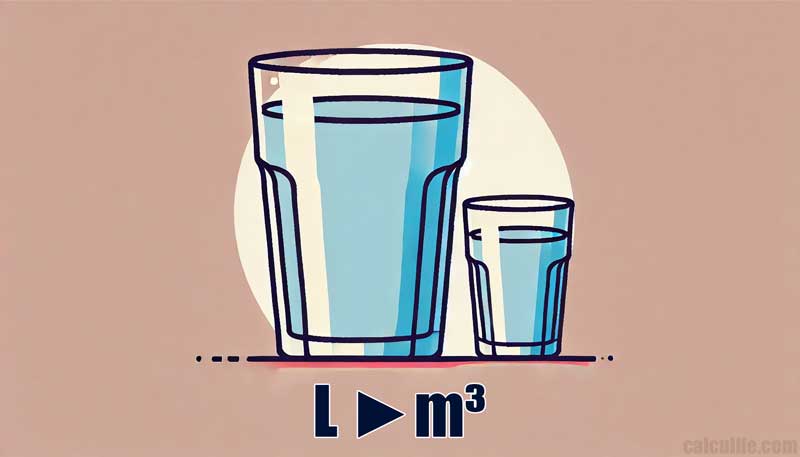This online converter allows users to convert between liters (L) and cubic meters (m3) with ease and accuracy. It provides automatic two-way conversion, so users can input a value in either liters or cubic meters and get the corresponding output instantly. This tool is ideal for applications in various fields, including volume calculations for liquids, storage capacities, and more.
Liters (L) to Cubic Meters (m³) Converter
Enter a value in the field below and press the button
Liters (L)
Result in Cubic Meters (m³)
How to use the calculator
To use this calculator, simply input the value you have in either liters (L) or cubic meters (m³) in the designated field. The tool will immediately calculate the equivalent value in the other unit. You can also control how many decimal places the result should display by adjusting the decimal input field. If you want to clear all inputs and start fresh, press the “Clear All” button.
Formula
For converting liters to cubic meters, the formula is:
Cubic Meters (m³) = Liters (L) × 0.001
To reverse the calculation and convert cubic meters back to liters, simply divide cubic meters by 0.001.
Precalculated values
Here are some common conversions between liters and cubic meters based on real-world usage:
- 1 L = 0.001 m³ (volume of a small bottle of water)
- 10 L = 0.01 m³ (approximate size of a standard water cooler jug)
- 50 L = 0.05 m³ (size of a large fish tank)
- 100 L = 0.1 m³ (capacity of a household water heater)
- 500 L = 0.5 m³ (volume of a large aquarium)
- 1000 L = 1 m³ (volume of a cubic meter of water)
- 5000 L = 5 m³ (capacity of a small swimming pool)

Facts
The liter and the cubic meter are both metric units used to measure volume. While the cubic meter is the SI unit for volume, the liter is more commonly used for everyday objects like liquids, beverages, and household containers. One cubic meter equals 1000 liters, which is roughly equivalent to the volume of water that fits into a small above-ground pool. The liter, originally defined in 1795 in France, has become the standard unit for volume in many countries around the world, particularly for liquids and beverages.
© CalcuLife.com








Leave A Comment